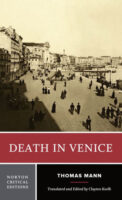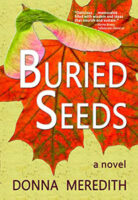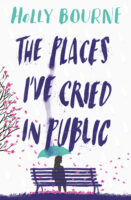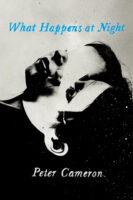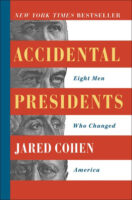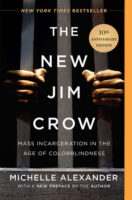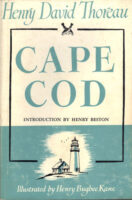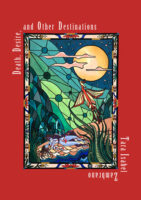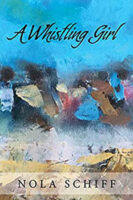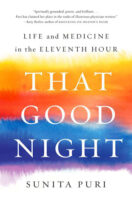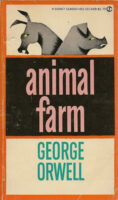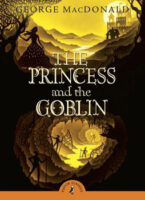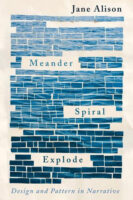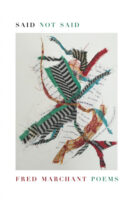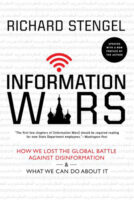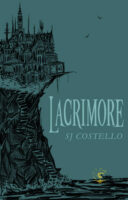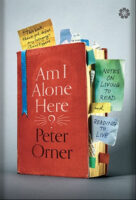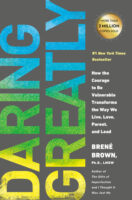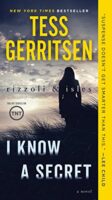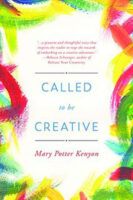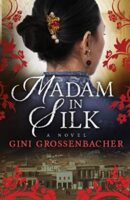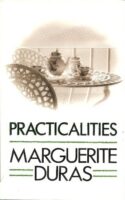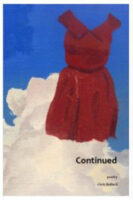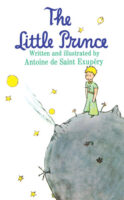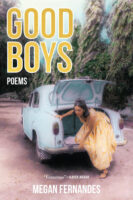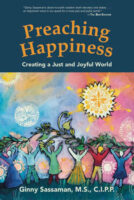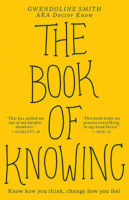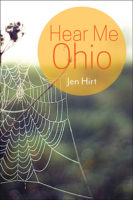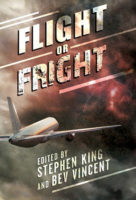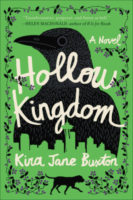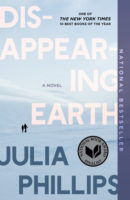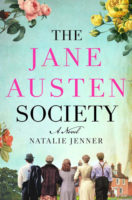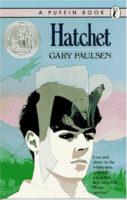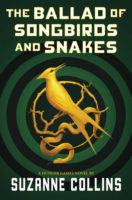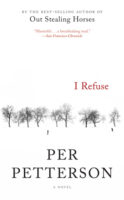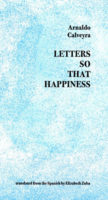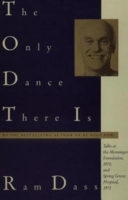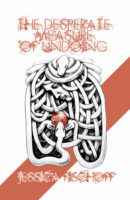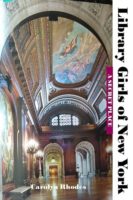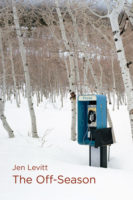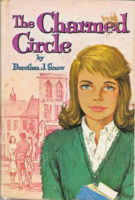 Guest Post by Chana Kraus-Friedberg
Guest Post by Chana Kraus-Friedberg
The current political climate is difficult to write about because so much of it seems to be its own satire. Imagine the most child-like, ludicrous system of logic possible, apply it to world events, and you have government policy in the US. Yet real damage is being done to the United States and the world, and that is certainly not funny. In her recent chapbook, Flatman: and Other Poems of Protest in the Trump Era, Cheryl Caesar brilliantly negotiates the line between satire and anxiety or grief, painting a sinister picture of how childish tendencies become destructive when combined with very adult power.
In the title poem, Caesar starts by imagining the president as a truly flat man in a way that reminds me of the popular kids’ character, Flat Stanley. She describes the physical consequences of this flatness the way a picture book might. The president’s hair, we are told, is “rolled out in weird shapes, like a child’s / misshapen gingerbread man.” His head is square: “He could set his Diet Coke on it.” Later in the book, a spoof on Kipling’s If describes what happens if one can “fake a 4-F due to “bone spurs,”[ . . . ] /And never go to war and win your own spurs, /But boast of dodging STDs instead[.]” It’s witty and easy to laugh at, but the laughter is uncomfortable. You read in the way that I think a lot of us are currently living, carrying the knowledge that the underlying joke is dark and uncontrolled and future-consuming. In a real world context, even fantastical flatness has consequences, Caesar reminds us: “[The president] can never cross the dimensional border. / And so he hates us (hate being / the flattening emotion), hates us all. Hates the round world.”
Flatman: and Other Poems of Protest in the Trump Era by Cheryl Caesar. Thurston Howl Publications, 2020.
Reviewer’s Bio: Chana Kraus-Friedberg is the winner of the 2020 Ritzenhein Award for Emerging Poets. Her first chapbook, Grammars of Hope, will be published in February 2021 (Finishing Line Press). Instagram: @chanakf2020

